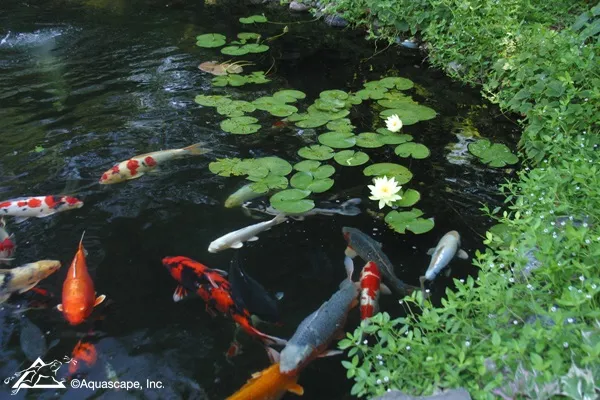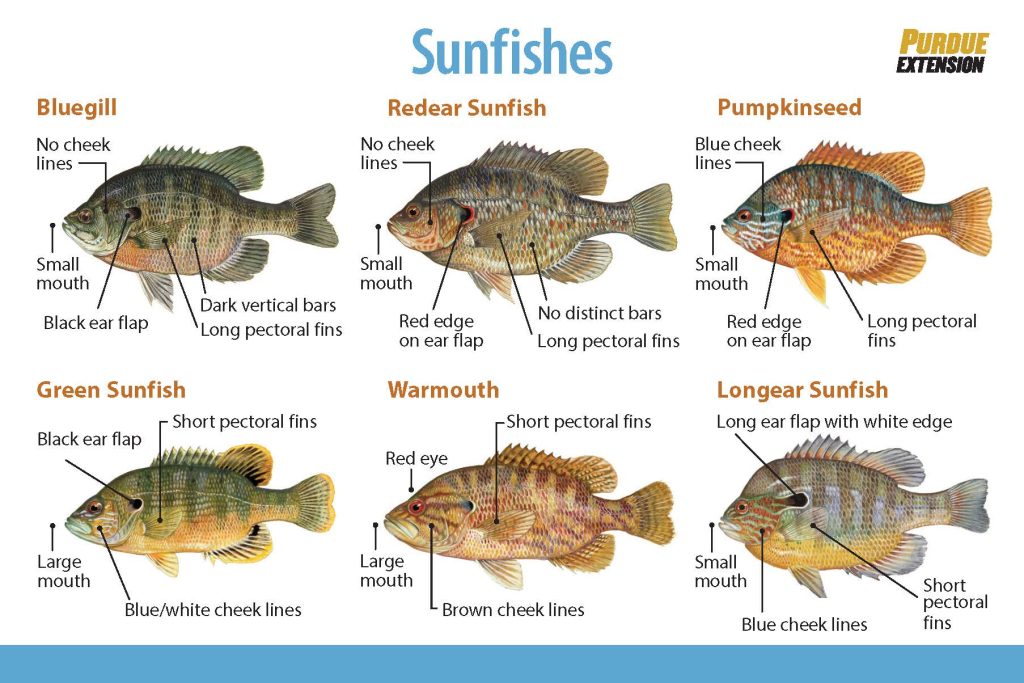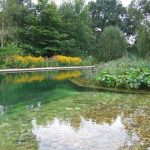If you’ve ever visited a pond and wondered if there are fish swimming beneath the surface, you’re not alone. Many people are curious about the aquatic life in ponds, especially when considering fishing or simply appreciating the ecosystem. While it may not always be easy to spot fish in a pond, there are several clues you can look for to determine if there are fish present.
1. Observing Water Movement
One of the simplest ways to tell if there are fish in a pond is by observing water movement. Fish are constantly swimming, feeding, and interacting with their environment, which can create ripples or disturbances on the water’s surface. If you notice small ripples or movement in the water, it could be a sign that fish are present.
2. Looking for Fish Feeding Behavior
Another way to determine if there are fish in a pond is by looking for feeding behavior. Fish are opportunistic feeders and will often come to the surface to feed on insects, algae, or other small organisms. Keep an eye out for fish breaking the surface of the water to feed, or for signs of fish feeding activity near the water’s edge.
3. Spotting Fish Shadows
On a sunny day, you may be able to spot fish shadows in the water. As fish swim near the surface, the sunlight can create shadows that are visible from above. Look for dark shapes moving beneath the water’s surface, which could indicate the presence of fish.

Credit: www.fix.com
4. Listening for Fish Splashing
When fish are active near the surface, they may create splashing sounds as they swim or feed. Listen closely for any splashing or jumping noises coming from the pond, as this could be a clear indication that fish are present and active in the water.
5. Noticing Water Quality
The presence of fish can also affect the water quality in a pond. Fish produce waste that can contribute to nutrient levels and overall water clarity. If the water appears clear and healthy, it may be a sign that fish are present and helping to maintain the pond’s ecosystem.
6. Checking for Plant Life
Fish play a crucial role in the aquatic ecosystem by feeding on plants and algae. If you notice a healthy amount of plant life in and around the pond, it could be an indication that fish are present and actively feeding on vegetation. Look for submerged plants, algae growth, or floating vegetation as potential signs of fish activity.
7. Using Polarized Sunglasses
One helpful tip for spotting fish in a pond is to wear polarized sunglasses. These special lenses can reduce glare on the water’s surface, making it easier to see beneath the water. By wearing polarized sunglasses, you may be able to catch a glimpse of fish swimming below the surface that would otherwise be difficult to see.
8. Trying Different Times of Day
Fish behavior can vary depending on the time of day, so it’s worth visiting the pond at different times to increase your chances of spotting fish. Early morning and late afternoon are often good times to observe fish activity, as fish may be more active during these periods. Experiment with different times of day to see if you have better luck spotting fish in the pond.
9. Seeking Advice from Locals
If you’re still unsure whether there are fish in a pond, consider seeking advice from locals or experienced anglers. People who frequent the pond regularly may have valuable insights on the fish species present, their behavior, and the best times to observe them. Don’t hesitate to ask for tips or guidance from those familiar with the pond.
10. Bringing Binoculars
For ponds with larger surface areas or where fish may be farther from the shore, bringing binoculars can be a useful tool for spotting fish. Binoculars can help magnify distant objects, allowing you to scan the pond more effectively and spot fish that are further away. Keep a pair of binoculars handy during your pond visits to enhance your fish-watching experience.

Credit: www.aquascapeinc.com
Conclusion
While it may require some patience and observation, there are several ways to tell if there are fish in a pond. By paying attention to water movement, feeding behavior, shadows, sounds, water quality, plant life, and utilizing tools like polarized sunglasses and binoculars, you can increase your chances of spotting fish in a pond. Remember to visit the pond at different times of day, seek advice from locals, and enjoy the experience of exploring the underwater world of fish in ponds.





